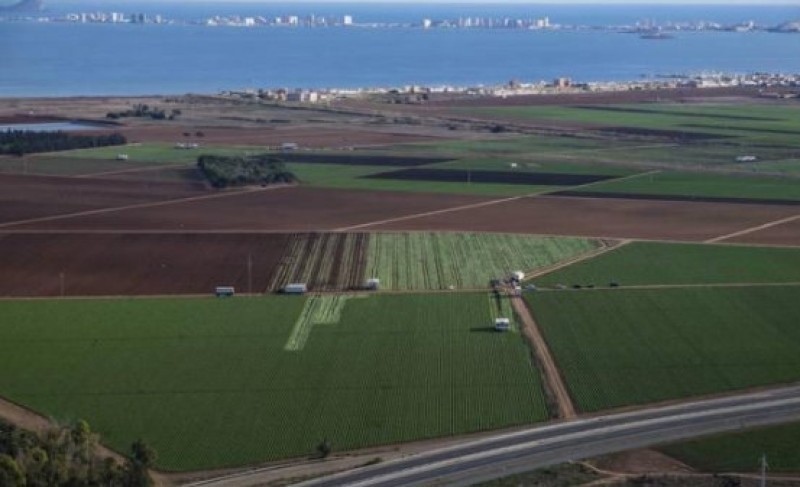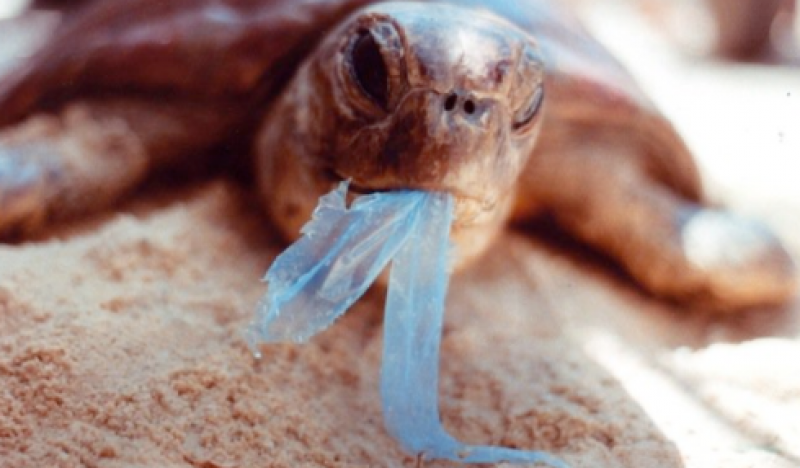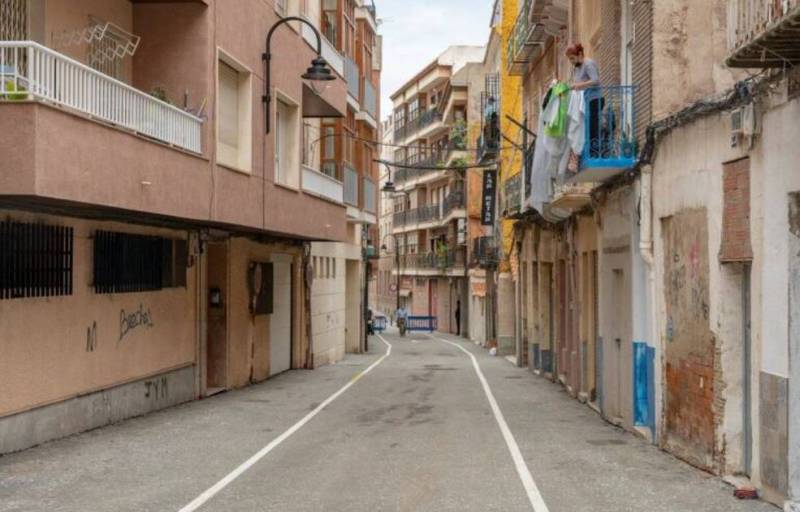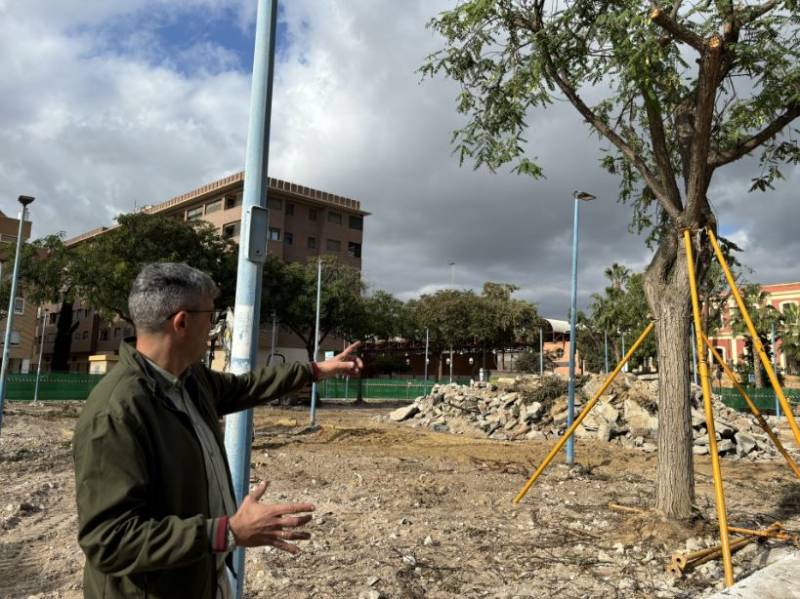Date Published: 08/01/2020
ARCHIVED - Critics demand stricter Mar Menor protection legislation from the Murcia government
ARCHIVED ARTICLE 
The government prepares to implement a ban on fertilizers within 500 metres of the lagoon
Over the festive season the regional government of Murcia at last proposed its draft legislation to protect the marine environment of the Mar Menor, outlining measures to reduce the runoff of fertilizers and nutrients from the crop fields of the Campo de Cartagena and other harmful influences, but with the intention being to bring these steps into force as law on Friday 10th January there are still various dissenting voices insisting that even more decisive action be taken.
One of the most eye-catching proposals included in the draft legislation is the establishment of a 500-metre “green belt” around the shore of the lagoon in which the use of fertilizers and manure is to be prohibited, making irrigation farming all but impossible. Ever since it was made public this suggestion has been welcomed by ecologists and naturalists as a step in the right direction but at the same time there have been criticisms that the belt should be even wider.
Some have suggested that in order to protect the Mar Menor efficiently the width of the area concerned ought to be 1,500 metres or more, while others have expressed concern over the lack of resources available to enforce the ban. Nonetheless, the government has insisted on going ahead, allowing for the possibility of making only minor “technical” alterations to the plans outlined.
But that insistence may be weakened by news which emerged on Tuesday to the effect that the regional Ciudadanos party, which governs in coalition with the PP in Murcia, has joined the ranks of the dissenters and is also proposing that the belt be widened. Should the legislation be subjected to a vote in the regional parliament – and the PP is attempting to bypass that need, having approved it in a regional cabinet meeting on Boxing Day – this could yet result in the ecologists’ demands being met, at least in part, with the interests of irrigation farmers suffering even more severe restrictions than those they have been anticipating for the last two weeks.
The legislation proposed by the regional government comes after the drastic deterioration in the marine environment of the Mar Menor following the severe flooding caused by a gota fría storm in September 2019, which has resulted in the loss of a sizeable proportion of the lagoon’s flora and fauna. The water is safe for bathers and since the flooding the condition of the water has improved, but in environmental terms it has undergone a drastic change, with salinity falling sharply and the oxygen level fluctuating significantly, bearing out the warnings issued by environmentalists over the last couple of decades.
In this sense the fact that the Murcia government is proposing to limit irrigation farming, which underwent a boom in the latter part of the 20th century following the opening of the Tajo-Segura water supply canal in 1979, and to curtail coastal construction for at least 5 years, is to be welcomed. But at the same time it is inevitable that many observers should demand more stringent measures, and these activists enjoy widespread support among members of the public.
Perhaps the most important aspect is that at last something is being done which could make a real difference in the struggle to protect and regenerate the Mar Menor: whether it is enough or not, and whether it comes too late, will doubtless become apparent over the next few years.
Follow Murcia Today on Facebook to keep up to date with all the latest news, events and information in the Region of Murcia and the rest of Spain: https://www.facebook.com/MurciaToday/.
article_detail

|



































